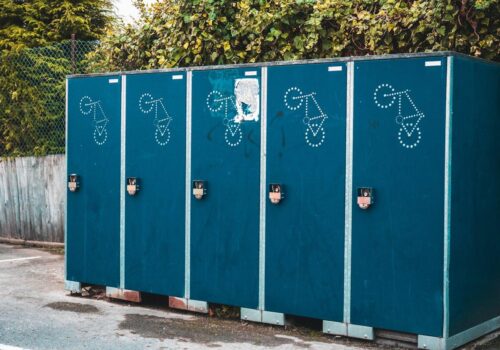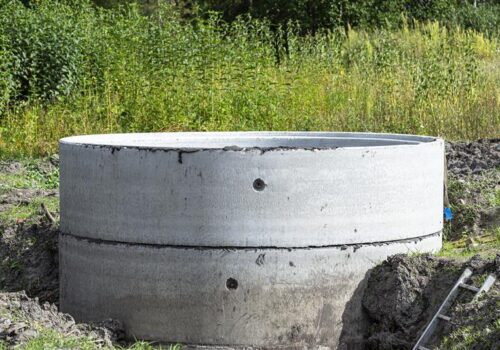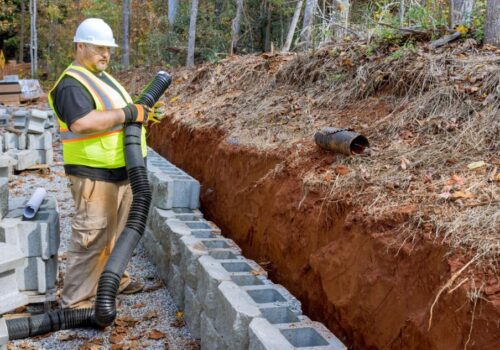Why Go For Biochar
Biochar has gone to the cutting edge of open mindfulness in the previous couple of years as a potential approach to diminish the effect of expanding levels of CO2 in the climate furthermore to enhance ripeness of agrarian area. Biochar is, just, natural squanders which are warmed until they darken to frame singe – a procedure known as pyrolysis. This is precisely the same as when charcoal is made for grills or when toast smoulders.
The reason biochar is so vital is that, in its dark structure, carbon is greatly steady and when dove into soil stays for some hundreds or even a large number of years. By taking carbon from the climate and after that securing it for all time in the dirt that carbon is viably expelled from flow. The capacity of biochar to expel carbon from the carbon cycle will be basic if and when we have to decrease barometrical carbon levels to alleviate the impacts of an unnatural weather change.
Soil Fertility Enhancement
Biochar is additionally known not a gainful effect on soil wellbeing and general fruitfulness. Cutting edge horticultural routines have been deliberately lessening the measure of natural carbon in the dirt in the course of recent years through rehashed working of the earth. Adding biochar to soil expands the carbon content back to more “ordinary” levels which animates microscopic organisms and microorganisms. Biochar has likewise been credited with holding follow minerals and supplements as its mind boggling structure can assimilate and afterward discharge supplements when the plants need them. Something else, in a few conditions, these supplements are washed out of soil by precipitation and should be supplanted as manure by the agriculturist. This is costly, dirtying and inefficient.
Biochar was initially utilized by individuals living as a part of the Amazonian Basin around 4000 years prior – the barren soil of the range was deliberately advanced with biochar and other waste, at some point in layers numerous meters profound. These ranges have held their prolific soil a great many years after the fact are still prized for horticulture today. It is not known precisely how these individuals made their biochar and how it was coordinated into their agrarian practices however the confirmation they have abandoned of flourishing human advancement and rich soils in unmistakable.
Bringing Biochar into Modern Society
There is a need to reintroduce this lost technique for horticulture to advanced cultivating and much research in being done to that impact. Examination is by and large positive however every one of the variables is yet to be worked out and some uncertain results have been accounted for.
When all is said in done the methodology for incorporating biochar making into advanced horticulture will rotate around pyrolysing general homestead squanders, for example, rice husks, coconut husks, straw, ranger service and blunder waste. Not at all like other “vitality products, for example, palm oil for biodiesel any overabundance biomass can be utilized, with little change to existing horticultural practice.




